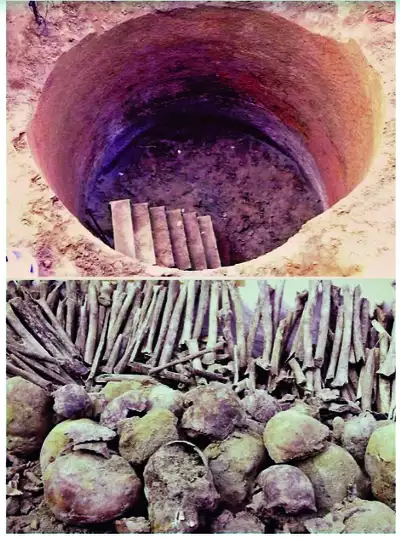The Sun spewed out two consecutive coronal mass ejections on August 14-15, giving rise to a 'Cannibal CME'.
The scarier part? It's heading towards the Earth this week & could spark strong geomagnetic storms on Aug 18!
Read: weather.com/en-IN/india/sp…
By: @ashmitagupta_21
🧵👇
The scarier part? It's heading towards the Earth this week & could spark strong geomagnetic storms on Aug 18!
Read: weather.com/en-IN/india/sp…
By: @ashmitagupta_21
🧵👇

A cloud of dark plasma erupted on the solar surface on Aug 14, launching a #CME that could side sweep the Earth's magnetic field.
Then, on Aug 15, an exploding magnetic filament launched another CME right at its tail.
Then, on Aug 15, an exploding magnetic filament launched another CME right at its tail.
This could be a Cannibal CME event where the second CME might overtake and gobble up the first, creating a mish-mash of the two.
Cannibal CMEs contain tangled magnetic fields and compressed plasmas that can spark strong geomagnetic storms.
📽️: Animation by Walt Feimer/NASA
Cannibal CMEs contain tangled magnetic fields and compressed plasmas that can spark strong geomagnetic storms.
📽️: Animation by Walt Feimer/NASA
The CMEs could result in minor (G1) to moderate (G2) geomagnetic storms here on our planet.
These two CMEs are set to hit the Earth together on Thursday, August 18, according to NOAA’s latest forecast model.
These two CMEs are set to hit the Earth together on Thursday, August 18, according to NOAA’s latest forecast model.
G1 storms cause weak power grid fluctuations, impact satellite operations, migratory animals & even produce #auroras.
G2 storms are more intense, and result in voltage alarms in high-altitude power systems & even cause transformer damage if they last too long.
📸: NASA
G2 storms are more intense, and result in voltage alarms in high-altitude power systems & even cause transformer damage if they last too long.
📸: NASA

Meanwhile, the growing sunspot AR3078 has developed a delta-class magnetic field.
The sunspots' magnetic map shows opposite polarities jostling together — an explosive mix that could eventually trigger stronger, even X-class flares!
The sunspots' magnetic map shows opposite polarities jostling together — an explosive mix that could eventually trigger stronger, even X-class flares!
As for the next 24 hours (Tuesday, August 16), NOAA forecasters have indicated a 30% chance of M-class flares (medium-sized flares) and a 10% chance of X-flares (large flares).
Any explosions will be geoeffective, as the sunspot is almost directly facing our planet.
📸: NASA
Any explosions will be geoeffective, as the sunspot is almost directly facing our planet.
📸: NASA

• • •
Missing some Tweet in this thread? You can try to
force a refresh















